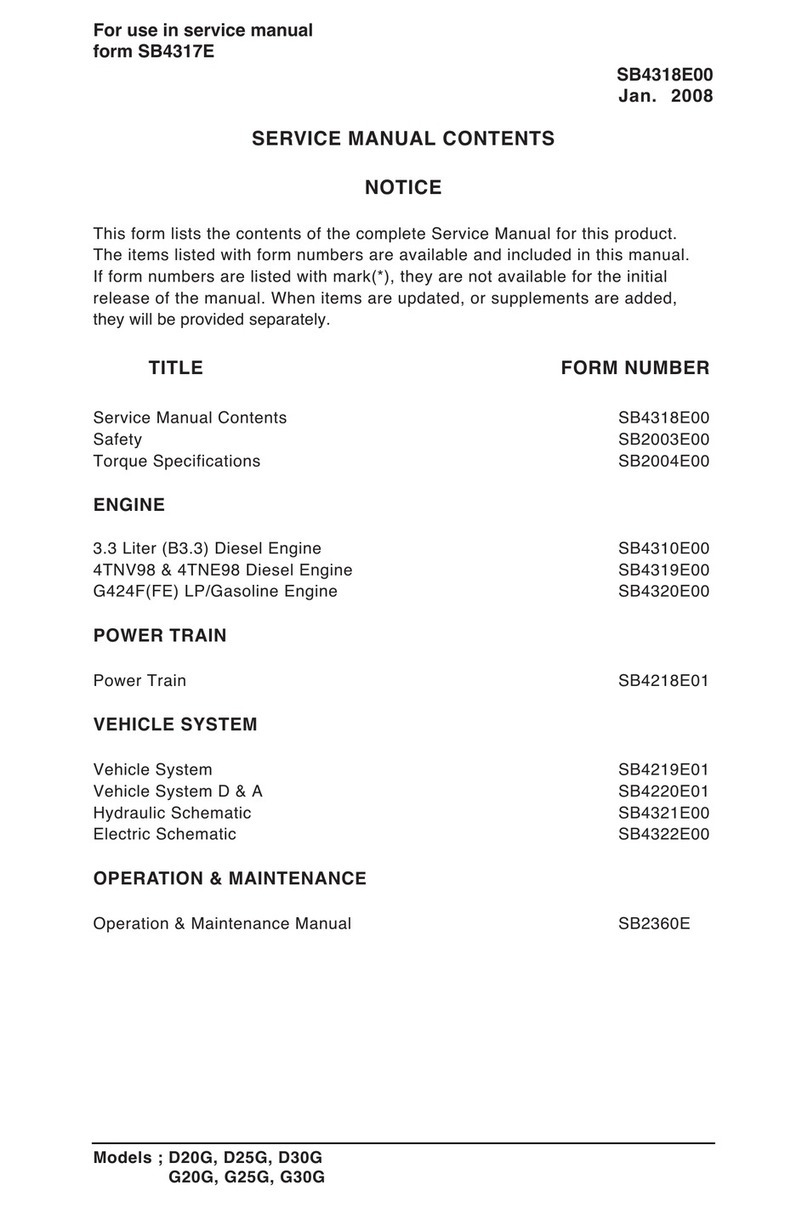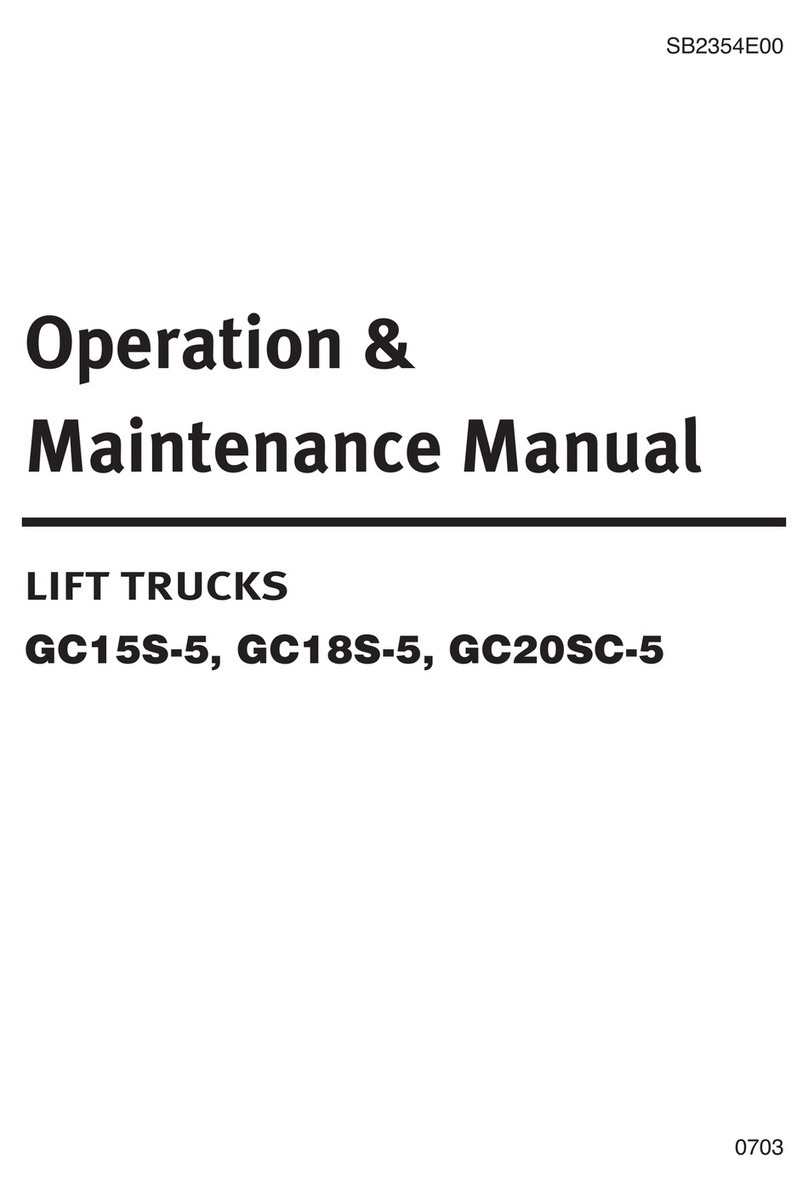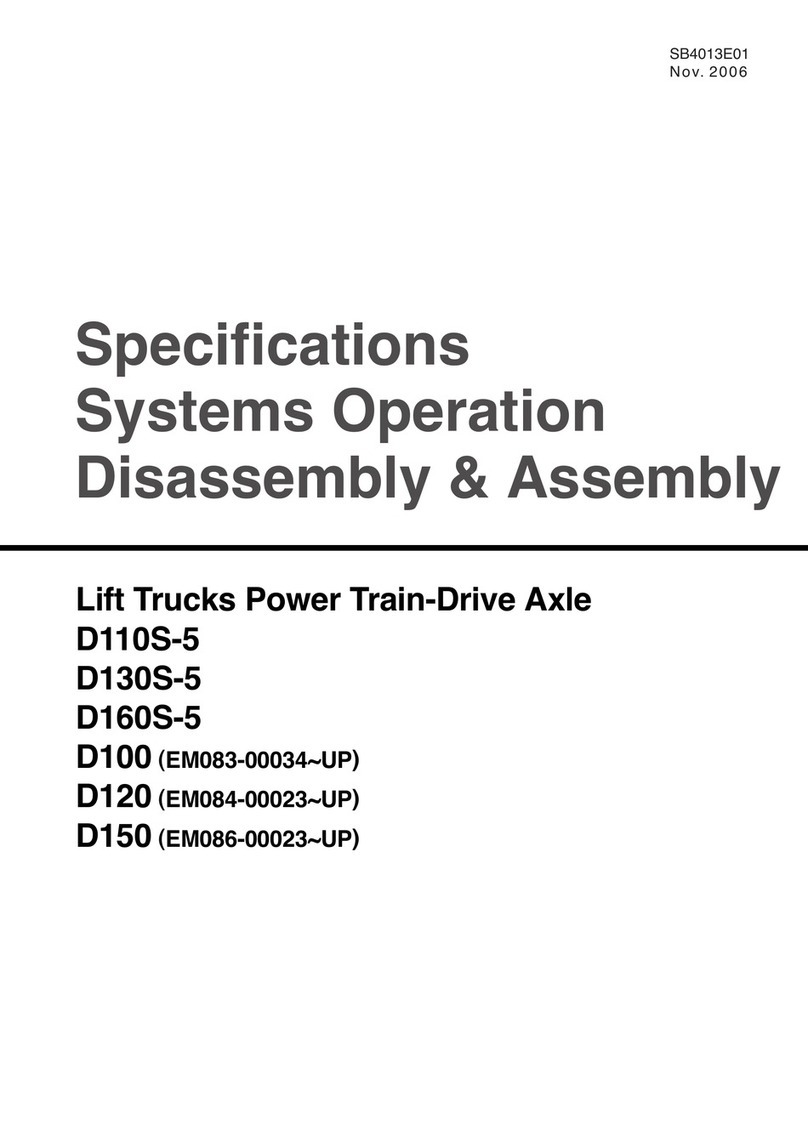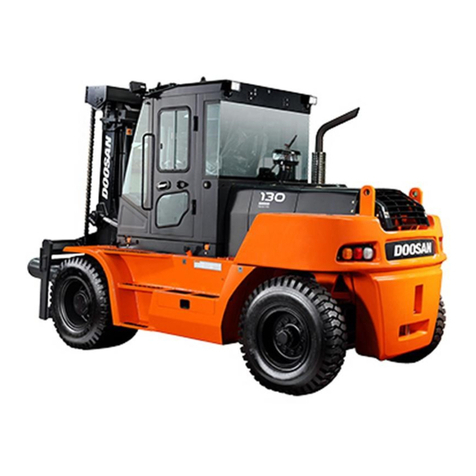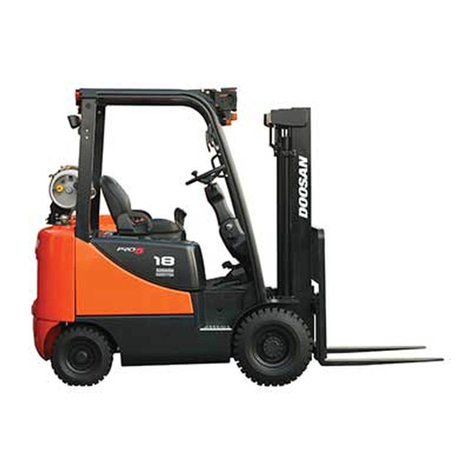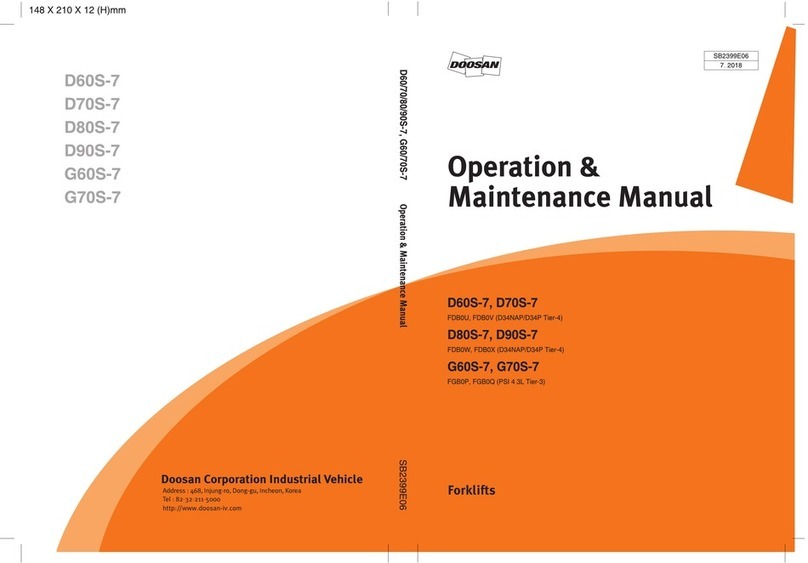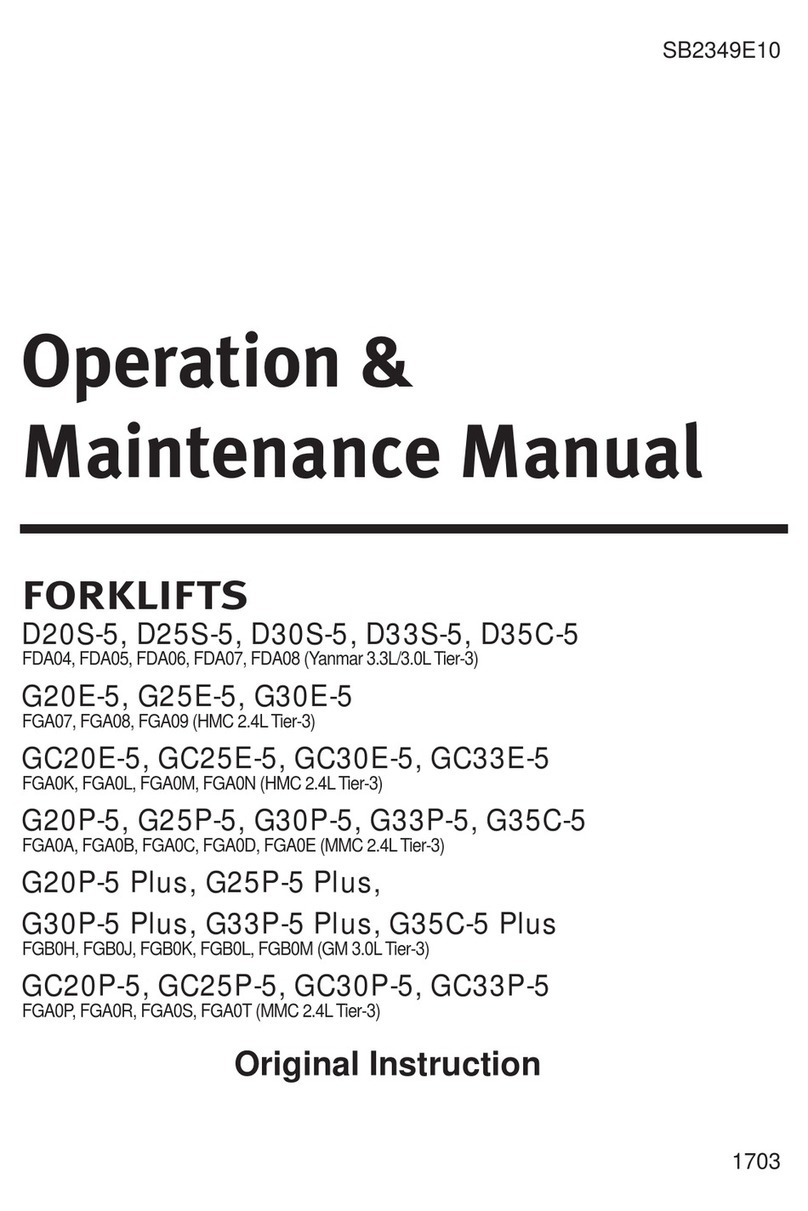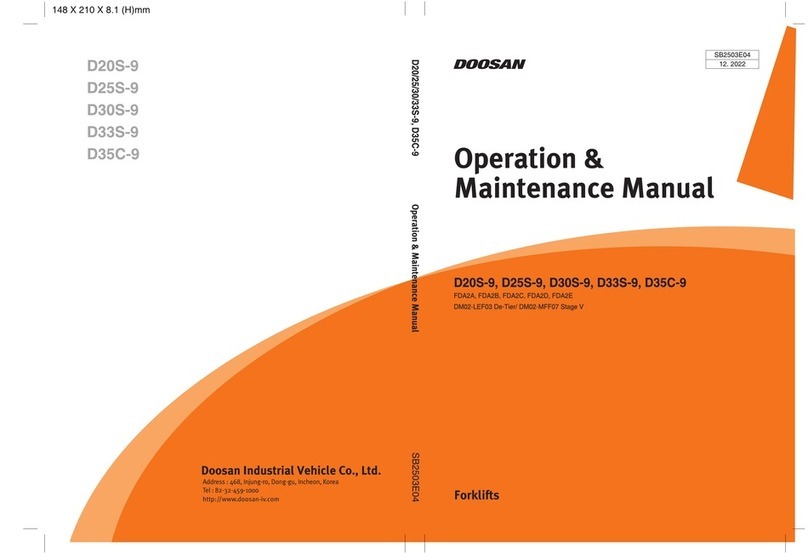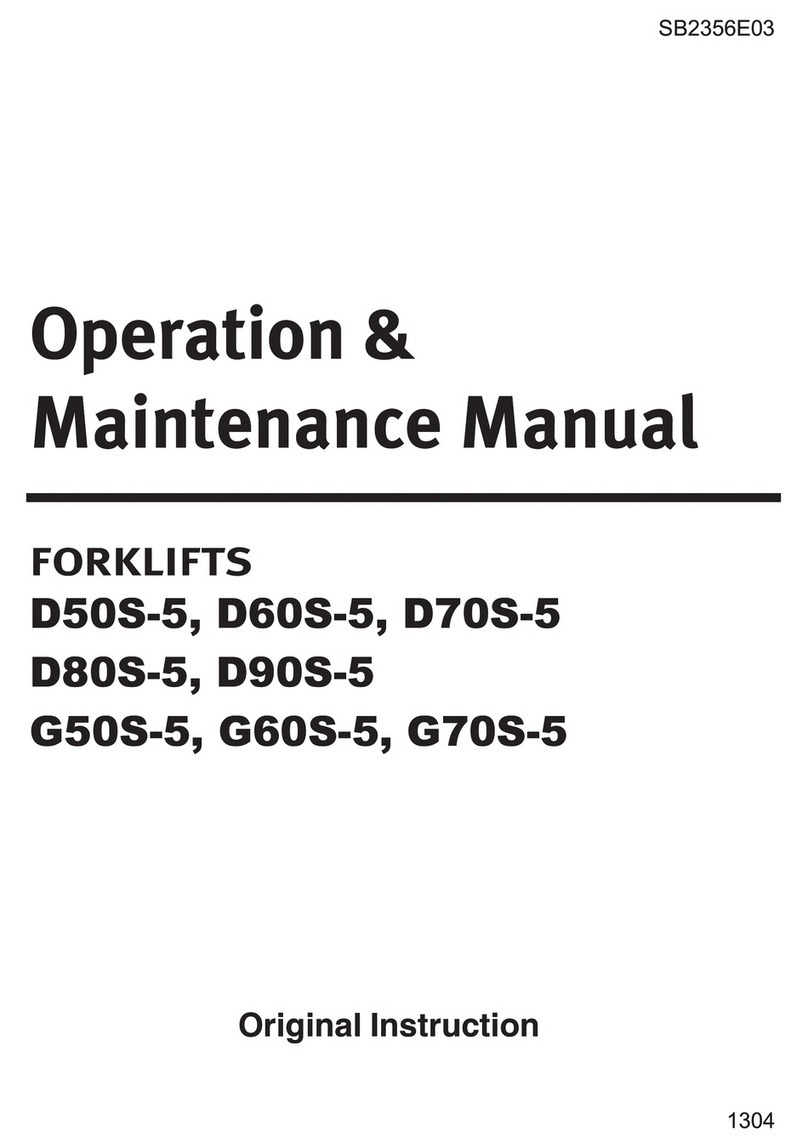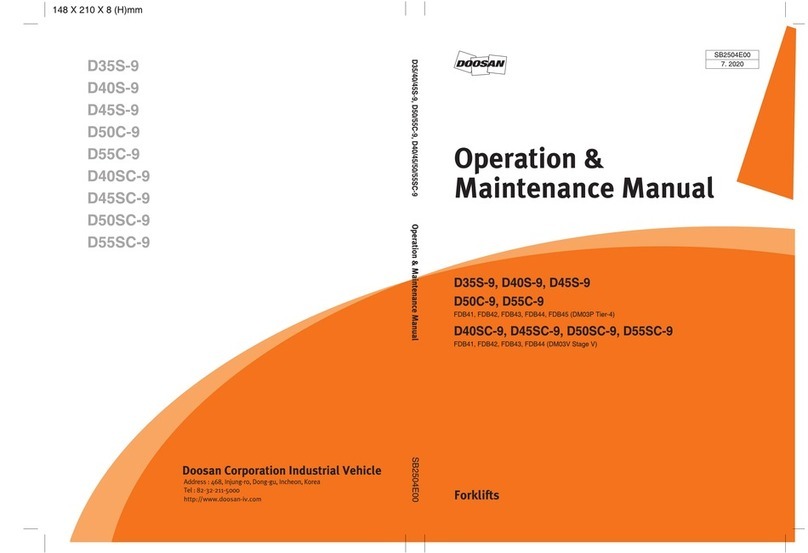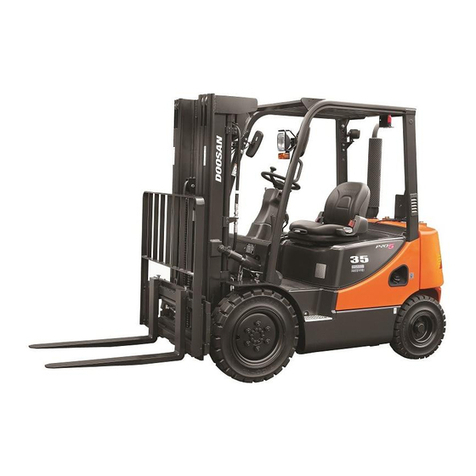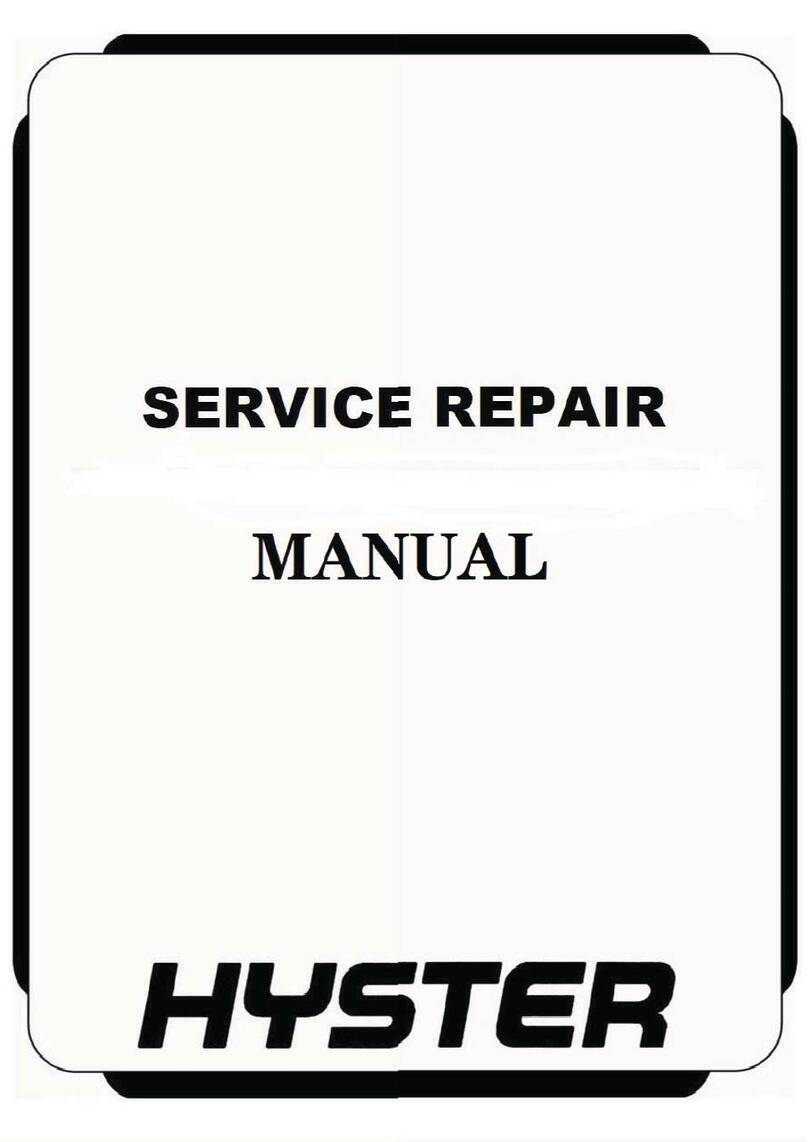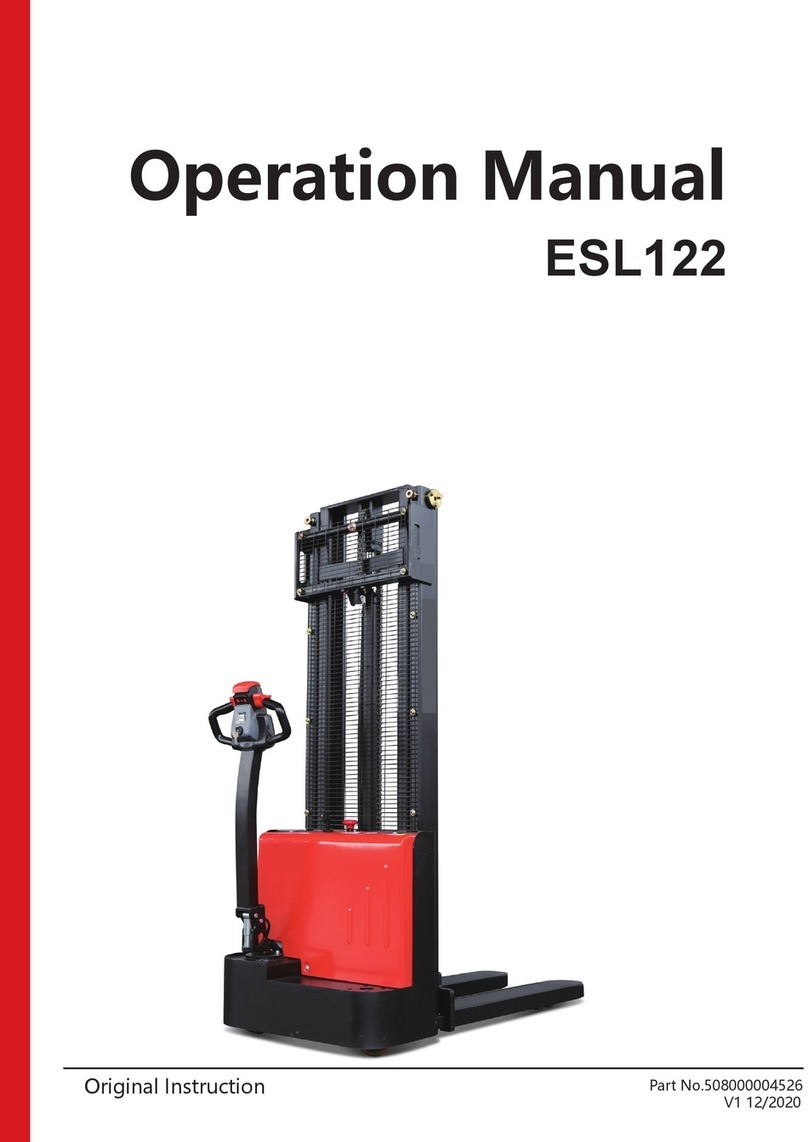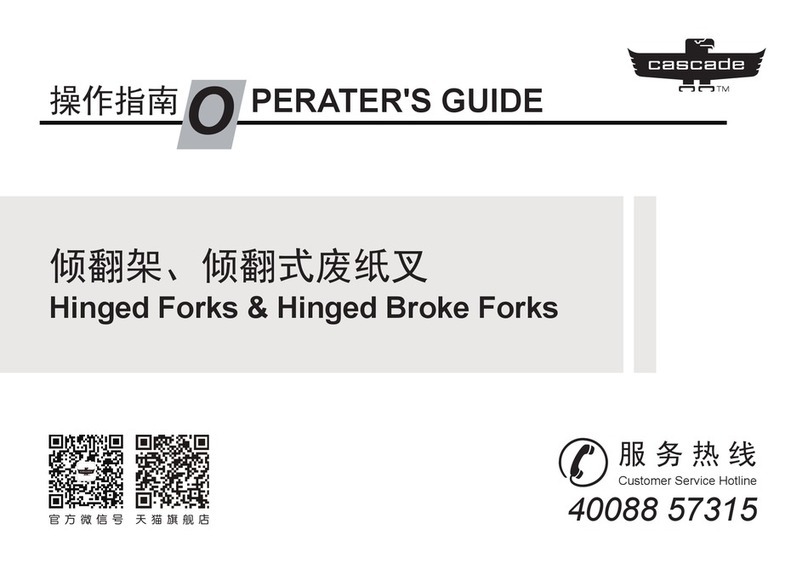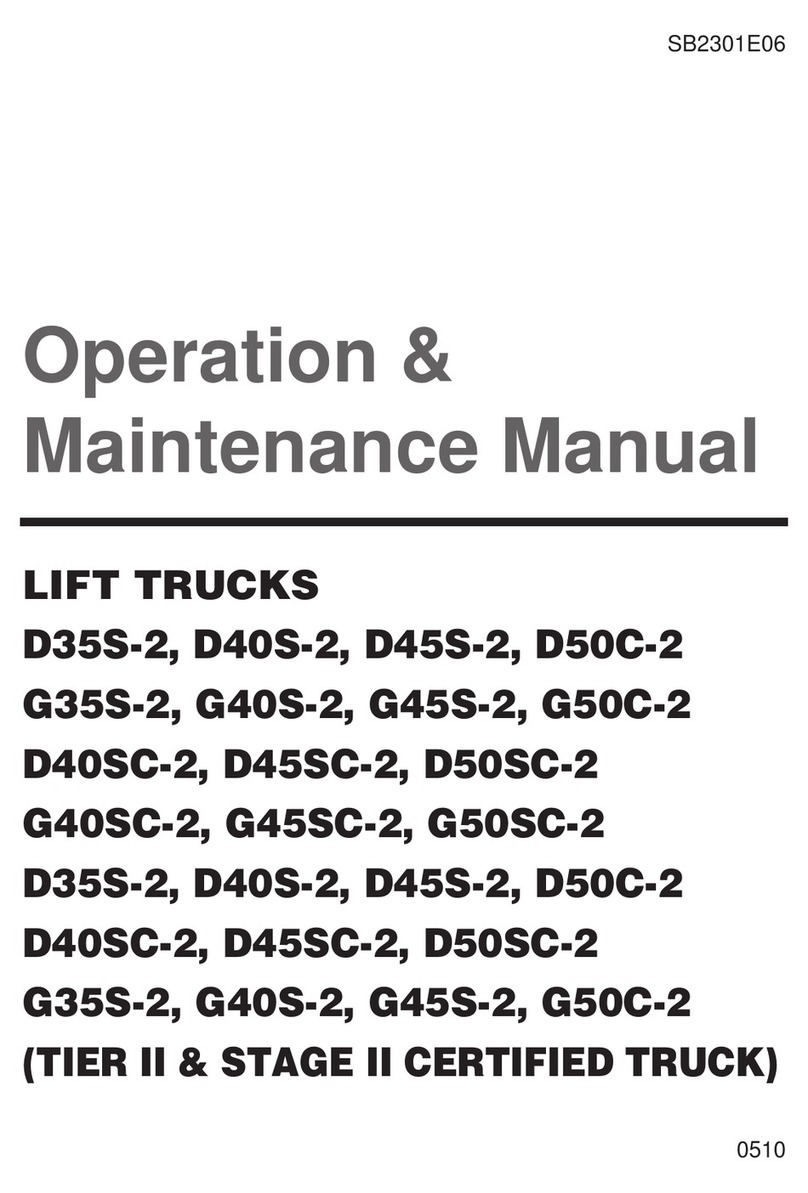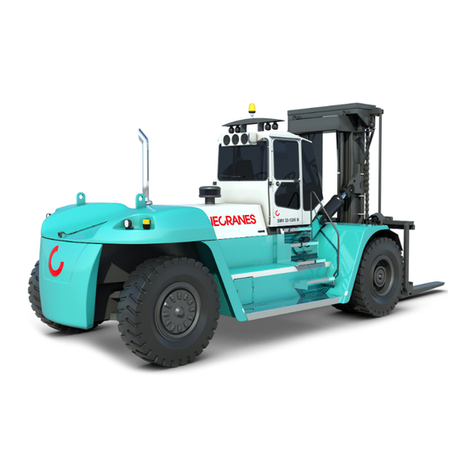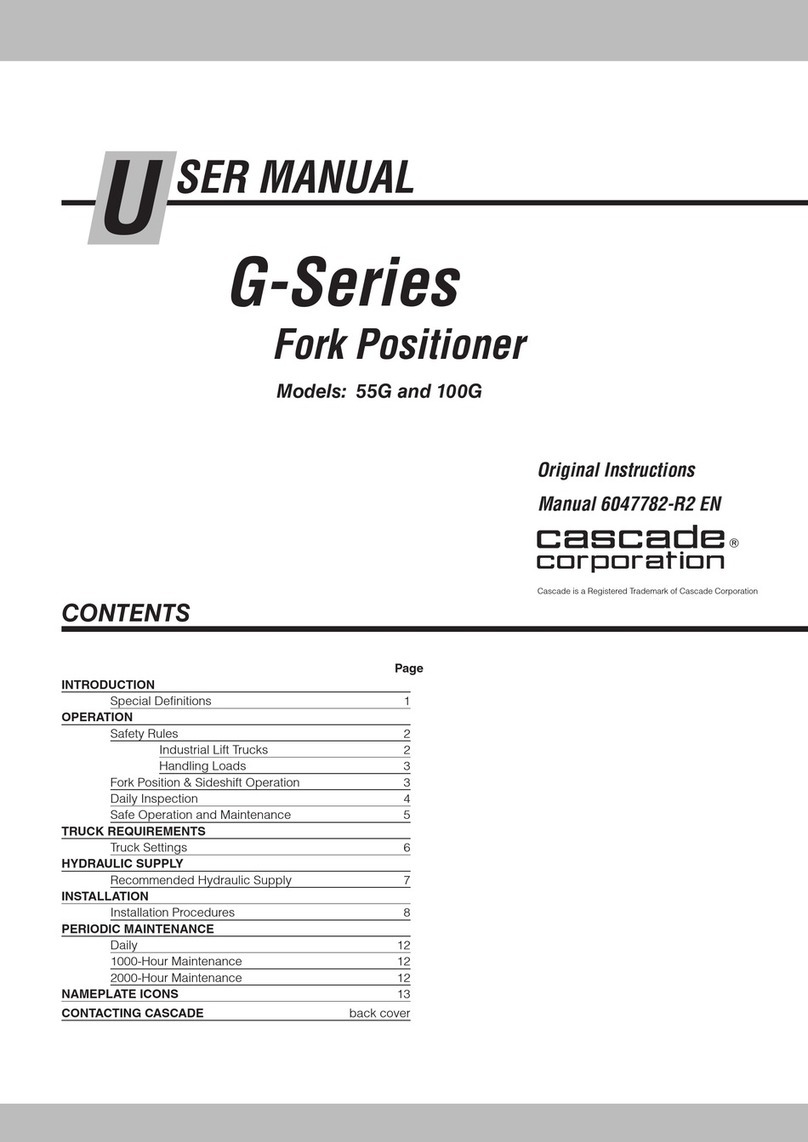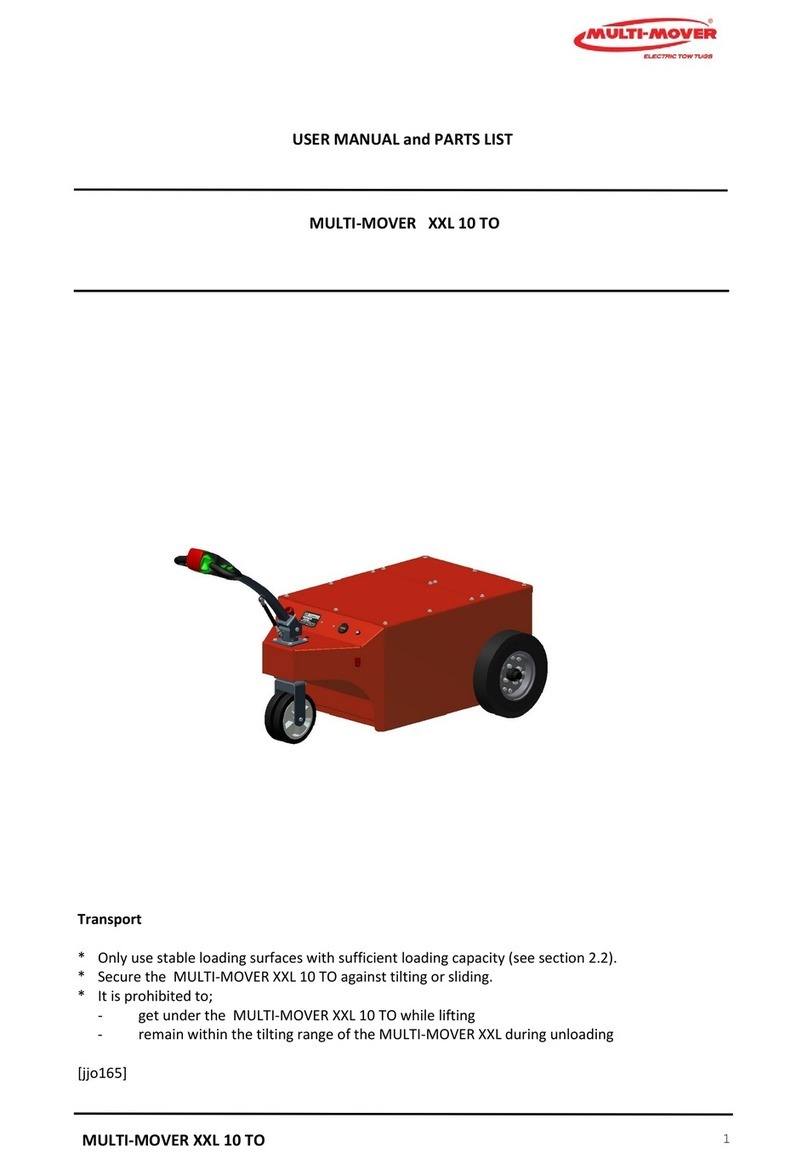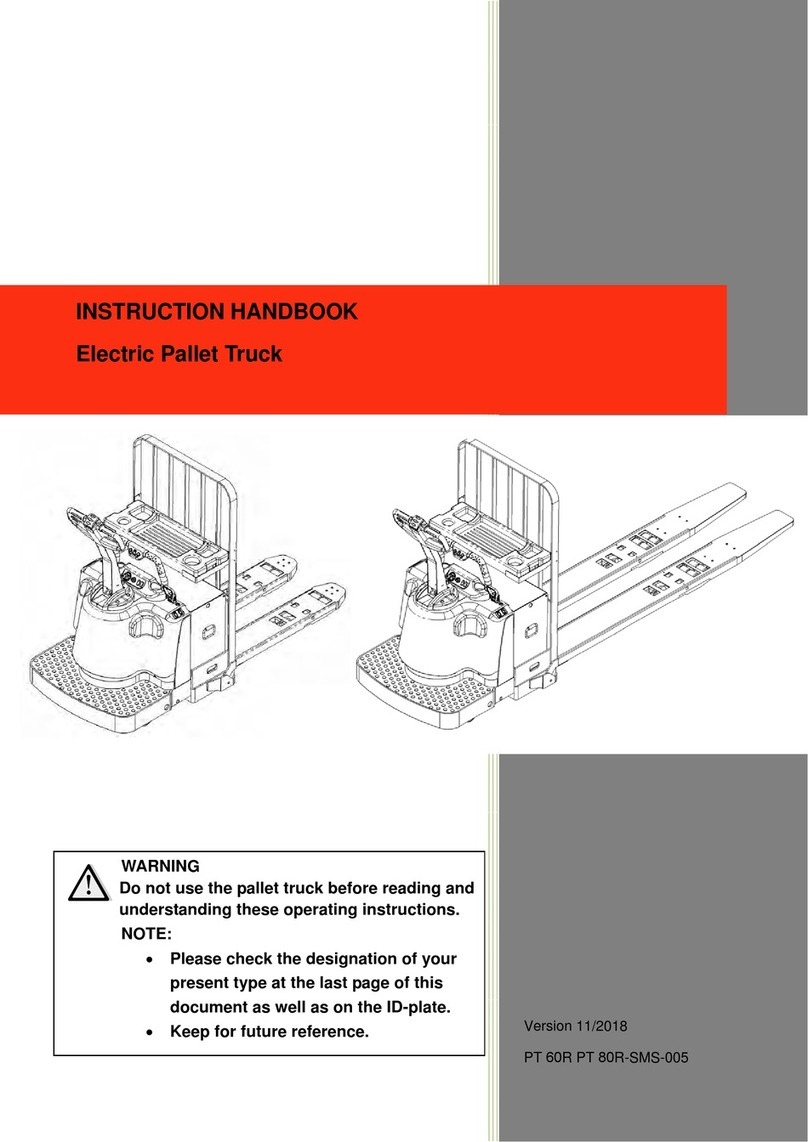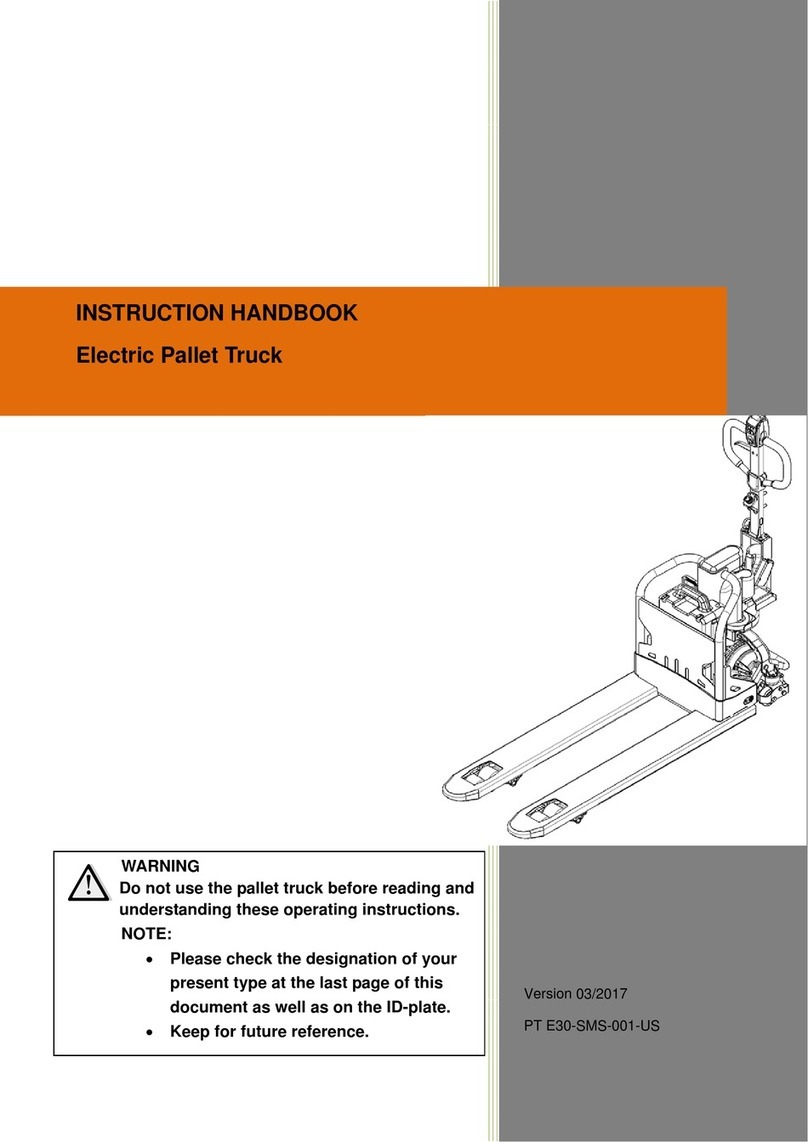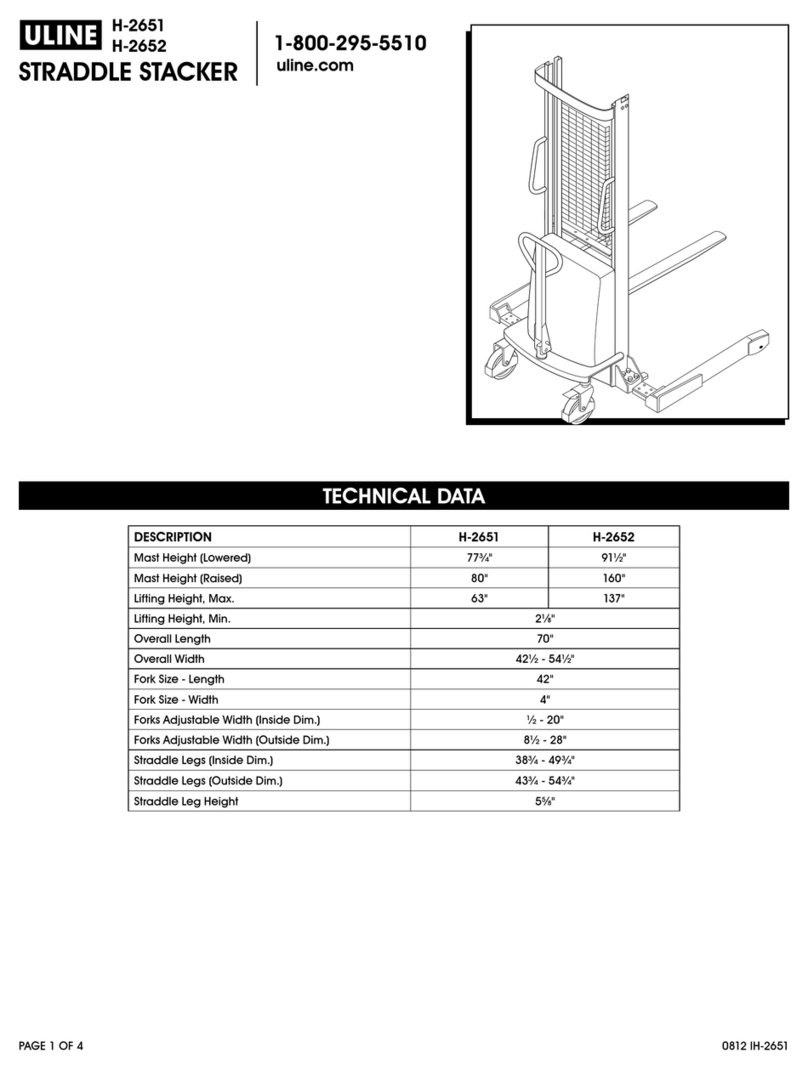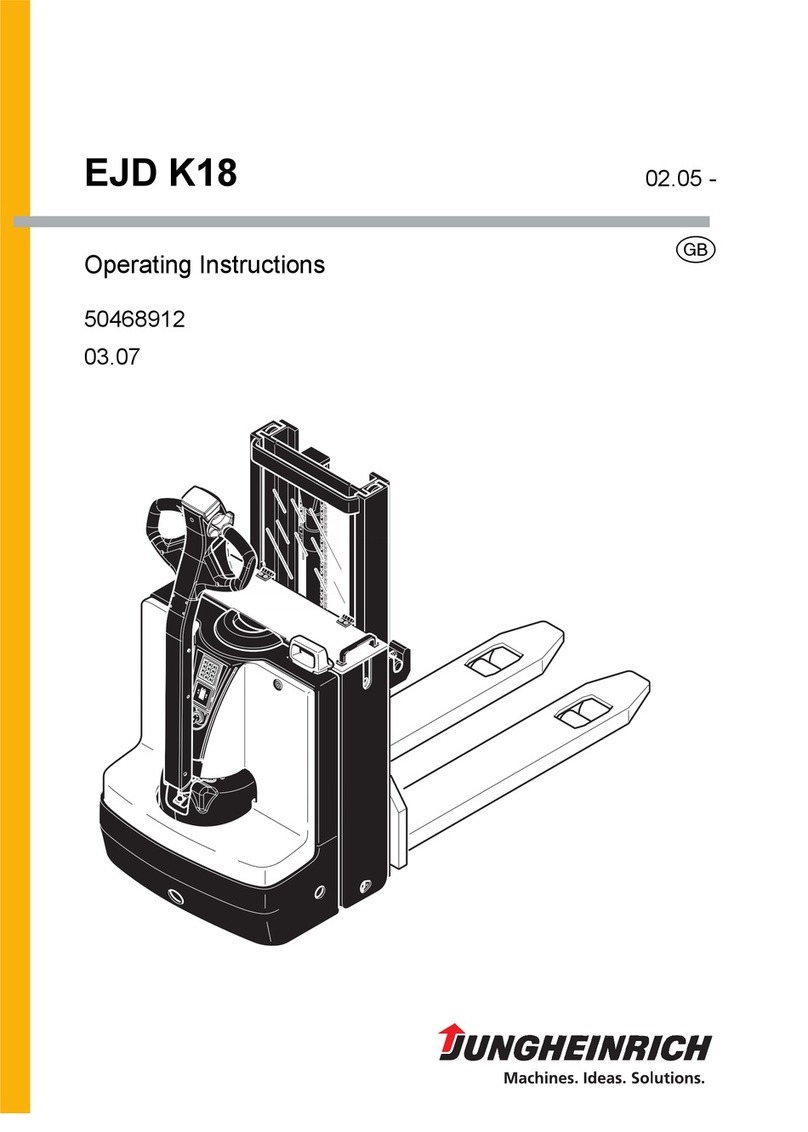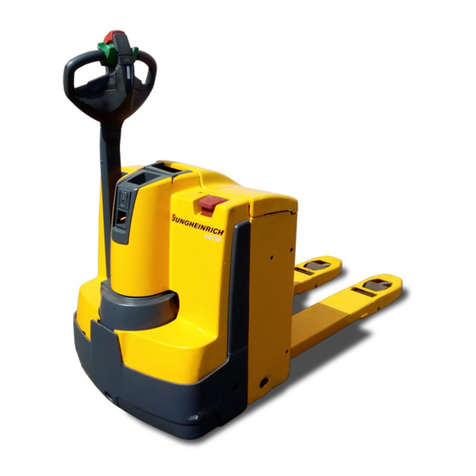Operating manual
6
3.3 Weights........................................................................................................................................25
3.4 Running gear .............................................................................................................................25
3.5 Dimensions .................................................................................................................................26
3.6 Performance data .......................................................................................................................27
3.7 Actuator.......................................................................................................................................28
4. DESCRIPTION OF VEHICLE _____________________________________29
4.1 Service description ....................................................................................................................29
4.2 Main component parts...............................................................................................................29
4.3 Switches and controls ..............................................................................................................30
4.3.1 Key functions................................................................................................................................31
4.3.2 Multi-function display MDI CAN ..................................................................................................32
5. TRANSPORT AND COMMISSIONING _____________________________33
5.1 Transport.....................................................................................................................................33
5.2 Initial Commissioning................................................................................................................34
6. OPERATION __________________________________________________35
6.1 Driving and braking ...................................................................................................................36
6.1.1 How to start the vehicle ...............................................................................................................36
6.1.2 Travelling .....................................................................................................................................37
6.1.3 Brakes ..........................................................................................................................................40
6.1.4 Steering ........................................................................................................................................40
6.2 Picking up, transporting and setting down of loads .............................................................41
6.2.1 How to pick up a load...................................................................................................................41
6.2.2 How to transport a load ...............................................................................................................42
6.2.3 How to place down a load ...........................................................................................................43
6.3 Parking and turning off ignition of vehicle .............................................................................44
6.3.1 Parking..........................................................................................................................................44
6.3.2 Switching Off ...............................................................................................................................44
7. MAINTENANCE AND REPAIR____________________________________45
7.1 Basic Safety Precautions .........................................................................................................45
7.2 Cleaning.......................................................................................................................................46
7.3 Service intervals.........................................................................................................................46
7.3.1 Maintenance checklist..................................................................................................................47
